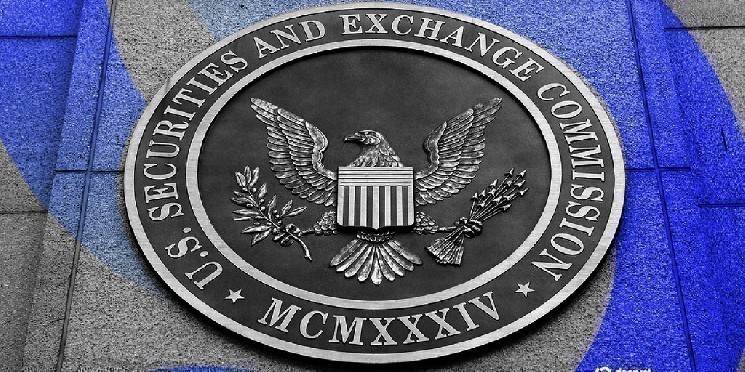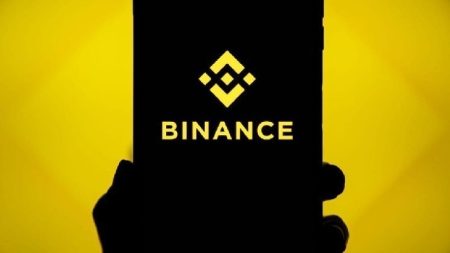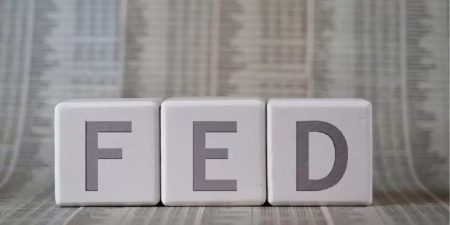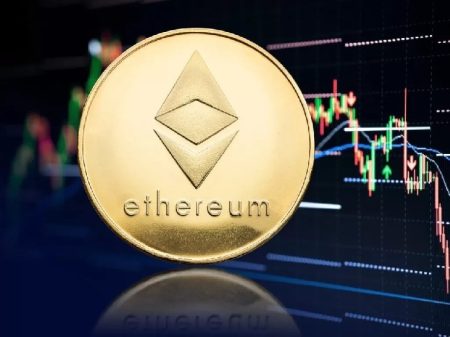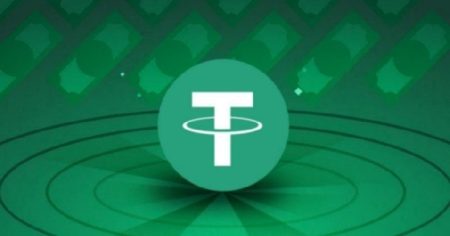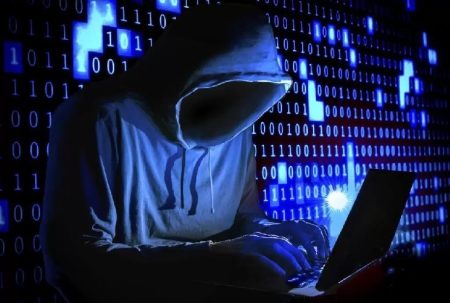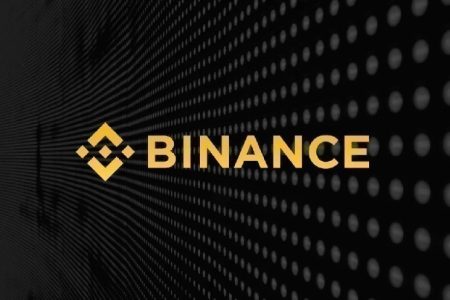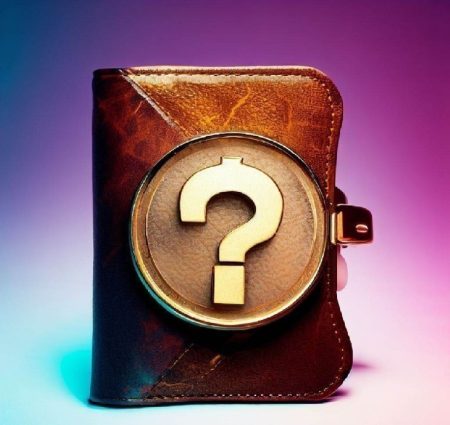SEC Grants Rare “No Action” Letter to DoubleZero, Setting Precedent for Crypto Projects
Regulatory Milestone: SEC Clears Path for 2Z Token Ahead of Solana Launch
In a significant shift in regulatory approach, the U.S. Securities and Exchange Commission (SEC) issued a “no action” letter to blockchain infrastructure project DoubleZero on Monday, effectively declaring that the project’s 2Z token does not qualify as a security. This rare regulatory blessing comes just days before the token’s scheduled debut on the Solana blockchain and represents the first such assessment in years following an extended period of enforcement actions against token issuers under previous SEC leadership. The two-paragraph letter from the Commission stated it “will not recommend [an] enforcement action” against DoubleZero, providing much-needed clarity in a space that has long operated under regulatory uncertainty.
The timing of this decision is particularly noteworthy, coming less than a week after DoubleZero submitted a comprehensive 17-page letter to the Commission seeking guidance on “programmatic transfers” to network participants. This rapid response signals a potential change in the SEC’s approach to digital assets under its new leadership. For years, the crypto industry has operated under the shadow of former SEC Chair Gary Gensler’s suggestion that “everything but Bitcoin” should be classified as a security in the cryptocurrency ecosystem. This new determination indicates a more nuanced understanding of token economics, particularly for projects focused on building decentralized infrastructure rather than purely speculative investments.
“It creates, in effect, a safe harbor based on an assumed set of facts,” explained Jack Graves, a professor at Syracuse University College of Law, in an interview with Decrypt. “It allows everyone to operate with a little more clarity.” This clarity is precisely what the industry has been seeking, as regulatory uncertainty has hampered innovation and investment in U.S.-based blockchain projects. The SEC’s decision effectively acknowledges that not all digital tokens fit neatly into the traditional securities framework, particularly those designed primarily as functional incentives within operational networks rather than investment vehicles promising returns from others’ efforts.
DoubleZero’s Infrastructure Focus Distinguishes It From Traditional Securities
DoubleZero, co-founded by Austin Federa, former head of strategy at the Solana Foundation, is building what it describes as a high-performance fiber-optic network for blockchains while using tokens to incentivize network participation. The project’s mainnet-beta network is scheduled to launch this Friday, with participants contributing resources to the network earning 2Z tokens as rewards based on their performance and reliability. According to DoubleZero’s website, token holders will eventually have the ability to stake their 2Z, further integrating the token into the network’s operational framework.
In his statement following the SEC’s decision, Federa emphasized that this “marks a major milestone for the U.S. digital asset industry” because it substantiates the SEC’s recently stated commitment to a more collaborative regulatory approach. The project positions itself as a decentralized physical infrastructure network (DePIN), a growing category that uses blockchain technology to manage and maintain decentralized networks of physical hardware such as sensors. This classification appears to have been instrumental in the SEC’s decision not to treat the 2Z token as a security, recognizing its primary utility within a functioning network rather than as an investment contract.
SEC Commissioner Hester Peirce, who has been at the forefront of efforts to modernize securities regulations for the digital asset era, offered important context in her statement about the decision. “These tokens are neither shares of stock in a company, nor promises of profits from the managerial efforts of others,” Peirce noted. “They are functional incentives designed to encourage infrastructure buildout.” This distinction is crucial, as it directly addresses the Howey Test criteria that the SEC typically uses to determine whether an asset qualifies as a security. By emphasizing the functional utility of the tokens within an operational network, the SEC is acknowledging that not all digital assets represent investment contracts subject to securities regulations.
Historical Context and Future Implications for Blockchain Innovation
While the SEC has issued no-action letters to crypto projects before, legal experts consider Monday’s stance on DoubleZero to be “fairly significant” within the regulatory landscape. Graves pointed to a 2019 precedent when the SEC issued a similar letter to TurnKey Jet, allowing the company to offer tokens redeemable for on-demand private jet flights without concerns about securities violations. In that case, as with DoubleZero, the SEC highlighted several critical factors in its determination, including commitments not to fund platform development through token sales, restrictions on token transferability, and marketing focused on functionality rather than investment potential.
The SEC’s decision carries substantial implications for the broader blockchain ecosystem, potentially opening the door for similar projects to operate with greater regulatory certainty. For years, many innovative blockchain initiatives have either relocated outside the United States or abandoned their projects entirely due to regulatory concerns. This no-action letter may signal a more nuanced approach from the SEC that distinguishes between tokens designed primarily as securities and those functioning as utility tokens within operational networks. The timing is particularly significant given the rapidly evolving DePIN sector, which aims to create decentralized alternatives to traditional infrastructure across various industries.
The impact extends beyond DoubleZero itself, potentially establishing a framework for other projects to follow when designing token economics and seeking regulatory clarity. By emphasizing factors such as the functional utility of tokens, restrictions on transferability, and marketing focused on network participation rather than speculation, the SEC is providing valuable guidance on what characteristics may help a token avoid classification as a security. This could accelerate innovation in the blockchain space by providing developers with clearer parameters for compliant token designs, particularly for projects focused on building real-world infrastructure rather than purely financial applications.
Blockchain Industry at a Crossroads: Balancing Innovation with Regulatory Compliance
This regulatory development comes at a critical juncture for the blockchain industry, which has been striving to balance innovation with compliance amid increasing regulatory scrutiny worldwide. The DoubleZero decision suggests that the SEC may be evolving toward a more granular understanding of blockchain token economics, recognizing that different types of digital assets serve fundamentally different purposes. Rather than applying a one-size-fits-all approach that treats most tokens as securities, this no-action letter indicates a willingness to evaluate projects based on their specific characteristics and intended functions.
For the Solana ecosystem specifically, this development represents a significant validation just as the blockchain continues to recover from previous market downturns. DoubleZero’s launch on Solana potentially adds valuable infrastructure to a network that has positioned itself as a high-performance alternative to Ethereum, further diversifying its growing ecosystem of applications and services. The timing of this regulatory win could catalyze additional developer interest and institutional investment in Solana-based projects, particularly those focused on decentralized infrastructure rather than purely financial applications.
Looking ahead, the industry will be watching closely to see whether this no-action letter represents an isolated decision or the beginning of a broader regulatory shift. If the SEC continues to issue similar guidance for other well-designed utility tokens, it could significantly reduce the regulatory uncertainty that has hampered U.S.-based blockchain innovation. At the same time, projects seeking similar determinations will need to carefully structure their tokens and operations to align with the factors highlighted in the DoubleZero and previous no-action letters. As the blockchain landscape continues to evolve, this regulatory development may ultimately be remembered as a pivotal moment when U.S. regulators began to develop a more sophisticated framework for distinguishing between different types of digital assets based on their actual functions and use cases rather than applying outdated securities frameworks to all blockchain tokens.




